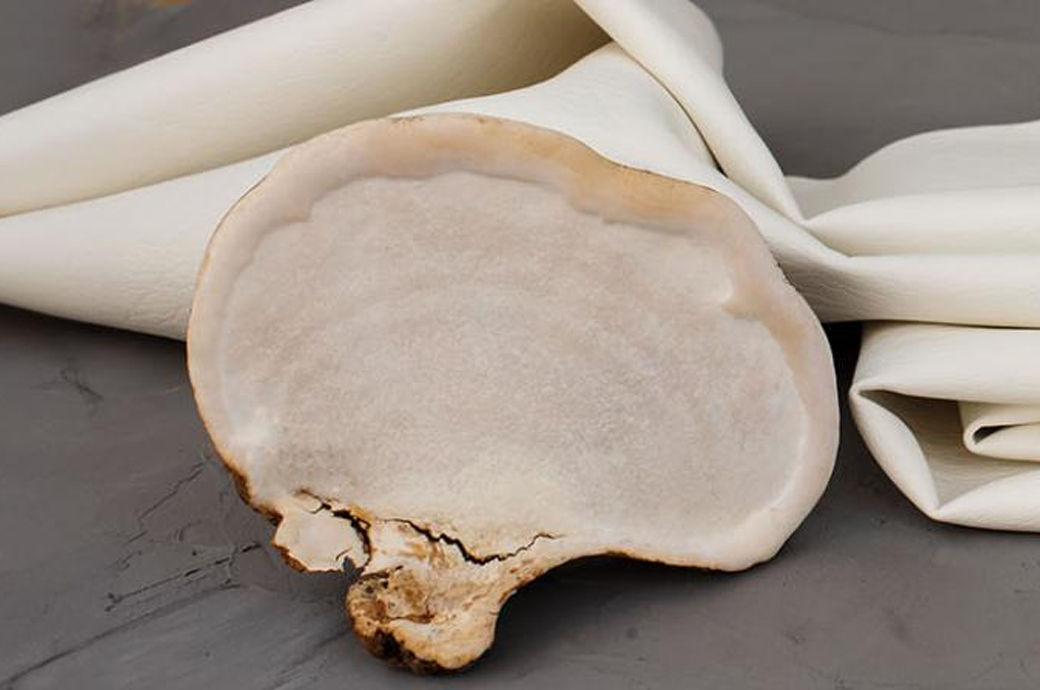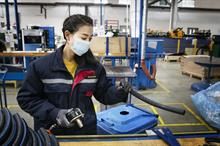
EU has been funding a four-year research project called MY-FI at Mogu, located 50 km northwest of Milan, to develop non-woven fabrics made of mycelium fibres for the textile industry.
Ending in October this year, the project brings together companies, research institutes, industry organisations and academic institutions from across Europe.
“It’s definitely a change of mindset in the manufacturing process,’ said Annalisa Moro, EU project leader at Mogu.
The mycelium grows from starter spawn added to crops like cereals. The threadlike filaments of the hyphae, the vegetative part of the fungus, create a material that grows on top, an EU release said.
It is harvested and dried, resulting in soft, silky white sheets of non-woven fabric that are 50 to 60 sq cm.
The delicate material is made stronger and more durable by adding bio-based chemicals that bind the fibres together.
The MY-FI mycelium needs very little soil, water or chemicals, giving it greener credentials than even natural fibres.
Italy’s Dyloan Bond Factory has used the mycelium-based material—in black and brown and with a waxed finish—to produce a prototype dress, a top-and-midi-skirt combination, bags and small leather accessories.
Laser cutting and screen printing were used to evaluate the material’s behaviour.
The challenge was to adapt to the sheets of fabric—squares of the mycelium material rather than traditional rolls of textiles like cotton, linen and polyester—as well as properties such as tensile strength and seam tightness.
The company hopes the mycelium material will be a way of offering consumers a range of products that can be alternatives to animal leather.
Mogo is working towards a large-scale manufacturing plant to move the MY-FI material from the research stage to the market. While the material is currently relatively expensive to make, costs would fall with large-scale production.
German car manufacturer Volkswagen is looking to mycelium technologies to reduce its environmental footprint and move away from leather for vehicle interiors. The mycelium material is also lighter than leather, another positive for reducing the company’s carbon footprint.
The company’s involvement in MY-FI is driving project researchers at Utrecht University in the Netherlands and I-TECH Lyon in France to enhance the durability of the mycelium fabric.
Fibre2Fashion News Desk (DS)

